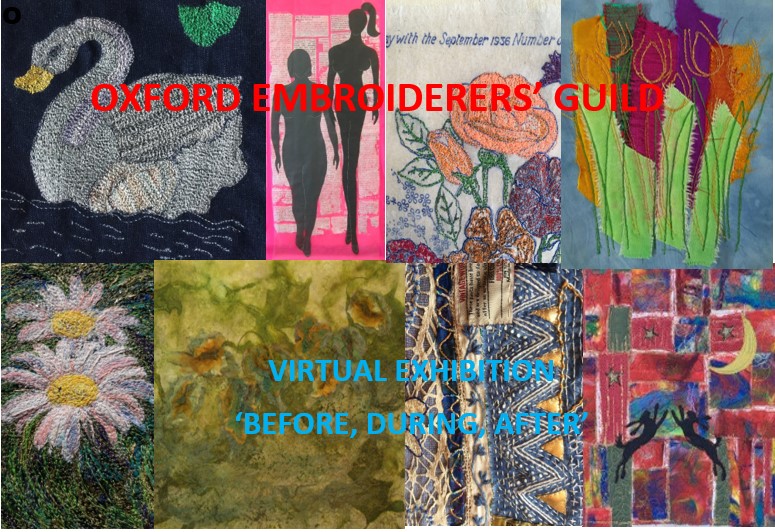This year kicked off with a returning guest speaker, Jennifer Hughes, who last visited us in 2003. Her talk this time was ‘Bound Feet and Covered Heads’. Although the two elements of the talk are not directly related, both feature prominently in Chinese culture, and both the shoes and hats that were the real subject of the talk are heavily embroidered.
Jennifer gave us a history of the tradition of foot binding in China and a rather disturbing description of how it was done. One thing that particularly surprised me was that, at its height, women from all walks of life would bind their feet bound to some extent. I had assumed that it was predominantly practiced among the more wealthy or noble families. Another surprise to me was that all women were taught and practiced embroidery and that nearly all embroidery was done in silk. Although a luxury thread in most of the world, silk was readily available to everyone in China.

Embroidered shoe for bound foot, courtesy of Jennifer Hughes
Jennifer brought with her several pairs of shoes to illustrate the ‘fashions’ of various regions and eras. It was interesting to see also how the shoes of working class women, who for practical reasons bound their feet less tightly, were fashioned to give the impression that their feet were smaller than they actually were. Jennifer also showed us some children’s shoes and pointed out the differences between shoes made for their naturally small feet and those made for bound feet. I thought it paradoxical that I found the tiny shoes beautiful, despite knowing the pain and suffering caused by the bindings.

Child's shoe, courtesy of Jennifer Hughes
The colourful and delightful hats on display were altogether a lighter topic. They were worn by children to protect them from harm and to bring them good fortune. It was believed that evil spirits would attempt to steal a child’s spirit through the top of their head. Boys were particularly vulnerable so some hats were trimmed with long black fringes or plaits to disguise the wearer as a girl. Other hats sported ears, sometimes lined with fur, to make the wearer look like a dog. Bells, shiny objects and things that moved or waggled were all used to distract and confuse the evil spirits. Many of the hats featured tigers, with huge ears and bulging eyes to hear or see danger, and ferocious teeth to fight of evil.

Childs hat with fringe, tassels and bells, courtesy of Jennifer Hughes

Black velvet hat with lion embroidered in red silk, courtesy of Jennifer Hughes
The hats of older children were covered in symbols intended to bring the child of good fortune.

Three-toed toad, courtesy of Jennifer Hughes
Among the other items on display were ear protectors for little girls who were not afforded the same level of protection as their brothers and purses hung from the belt and stored small items as traditional Chinese garments have no pockets.
